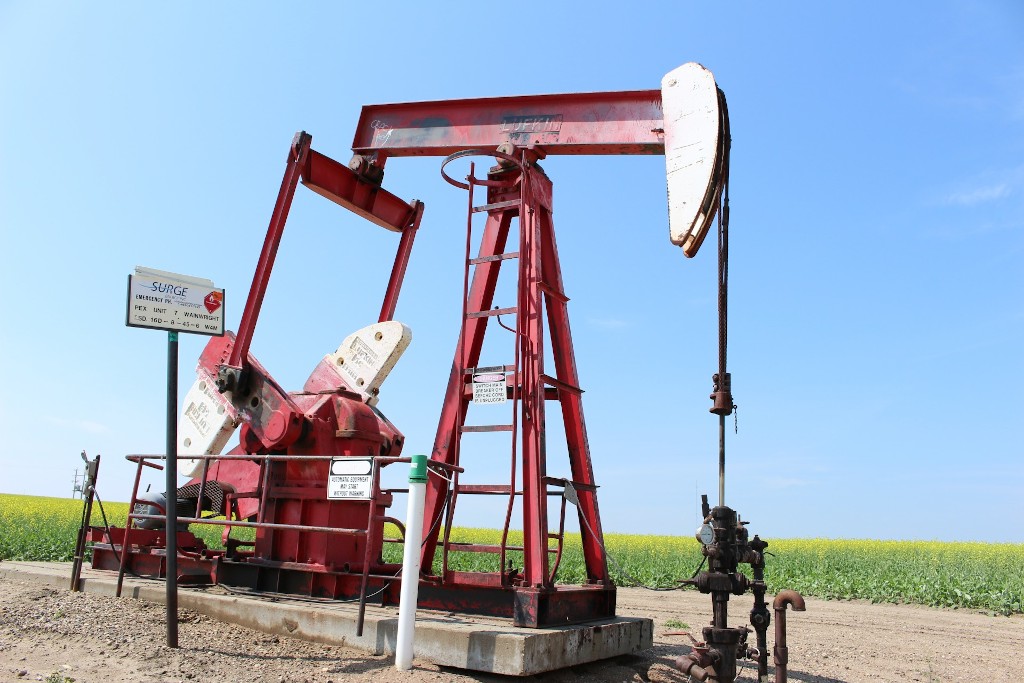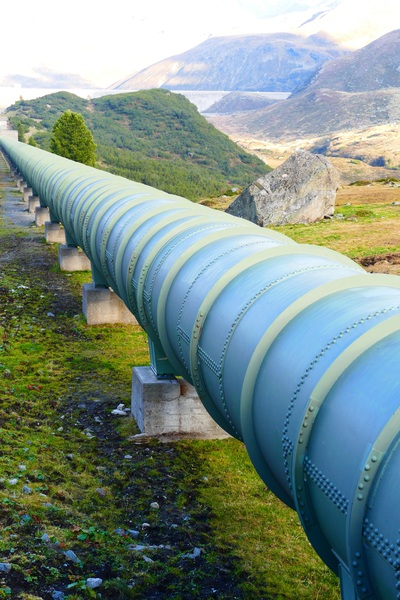What? Yes, it’s true. Read on.
This post is intended for my fellow West Virginians. West Virginia is coal country so a lot of West Virginians support the coal industry.
I look at the big picture as an engineer. Now that the pollution problems associated with coal were mostly solved decades ago, I see coal as just another fossil fuel that we burn to obtain energy. It also happens to be what we have an abundance of in West Virginia.
I’ve watched climate change coming since 1990 and it’s going to bring huge difficulties. We ain’t seen nuthin’ yet. The bottom line is humans have to eventually stop burning things to obtain energy. Achieving this goal is going to take a long time. I don’t like it but I’m a realist. Weaning ourselves off of fossil fuels is going to take far longer than we can afford but that’s how it’s going to be. We’ll be burning coal for a long time to come.
However, that doesn’t mean there’s nothing we can do to reduce our CO2 output. In fact, there’s something we can do to reduce CO2, save our hard-earned money, and support the coal industry, all at the same time. Sound impossible? It’s not.
Power Plants and Efficiency
To explain this we need to talk a bit about engineering, but this is something anyone can and should understand. It’s not complicated. Engineers who design machines or electronics are always interested in efficiency. In simple terms, efficiency means how much “input stuff” do you have to put into a device or system to get a certain amount of desired “output stuff” and how much is lost along the way.
In the simple case of an electric motor, if you put in 100 watts of electric power and get 75 watts of mechanical power out, the motor is 75 percent efficient. The other 25 percent is wasted/lost as heat. Nothing is ever 100 percent efficient. There are always losses.
If you have two or more devices one after the other (in series), you multiply together the efficiencies of each device to find out what the total system efficiency is. So, taking some typical figures, if we have a gasoline engine that’s 25 percent efficient, followed by a transmission (geartrain) that’s 80 percent efficient, the total efficiency at the output of the transmission is 0.25 times 0.80 equals 0.20 or 20 percent efficiency. The other 80 percent is lost as heat. This principle will become important below.
Power plant technology has improved continuously since the steam engine was invented. Efficiency is, by far, the most important factor in the design. Power plant efficiency means how much of the chemical / thermal energy in the fuel ends up coming out of the plant in the desired form and how much is lost as heat. Early steam engines were horribly inefficient. Only a few percent. Coal-fired power plants built in the 1970s achieve an efficiency of around 35 percent. So 35 percent of the thermal energy in the fuel leaves the plant as electricity. It may not seem like it, but this is pretty impressive. Modern coal plants built in recent years reach 45 percent efficiency and this is probably close to the maximum possible.
As an aside, natural gas power plants can employ designs that are not possible with coal. The most advanced natural gas plants can reach an unbelievable 60 percent efficiency. But, we’re not talking about natural gas here, we’re talking about coal. But since a lot of people in the U.S. get their electricity from gas-fired power plants I’ll mention this figure once more at the end of the article.
It probably goes without saying but I’ll point it out anyway. The more efficient a power plant is, the less fuel it consumes, but also the less CO2 it produces to generate a given output. This will become important below.
Internal Combustion Engines (ICE)
Now let’s look at internal combustion engine (ICE) cars. The overall efficiency of modern cars ranges from 12 to 28 percent. That’s the system efficiency measured from the energy in the fuel to moving the car down the road. The 28 percent figure only applies to certain cars under certain conditions. My little Corolla probably gets close to that 28 percent figure when on a flat highway, at a reasonable speed, no headwind, I’ll get 38 mpg. When city driving, that figure drops way down and I get 24 or 25 mpg. Many cars, SUVs, pickups, do much worse. At no time does any ICE powered vehicle reach the efficiency of the oldest coal-fired power plant. Most of the time the coal plant is 2 to 3 times as efficient at turning fuel into usable power.
Besides all the frictional losses of all the moving parts in an internal combustion engine, a fundamental problem with internal combustion engines is something called the “power curve”. An IC engine produces maximum power at a certain RPM, maximum torque at a different RPM, and maximum efficiency at yet another RPM. At low RPM it produces little power or torque. At idle, it produces no usable output but still consumes fuel. To get optimal efficiency from an internal combustion engine it must be run a constant RPM.
Vehicles must operate over a wide range of speeds starting from zero miles per hour with loads that can vary widely, up and down hills, over a wide range of temperature and humidity. All of this is in direct conflict with the “power curve” problem mentioned in the above paragraph and results in the low efficiency of internal combustion vehicles. This problem can’t be fixed. It’s not going to get better.
Electric Motors and Cars
Modern electric vehicles are powered by 3-phase induction motors. Small electric motors achieve 70 or 80 percent efficiency but the efficiency rises rapidly for larger motors. At the 100 horsepower level, such 3-phase motors are more than 95 percent efficient. Larger ones are even more efficient. And that’s running on fixed mains power at a fixed voltage and frequency.
The 3-phase motors in cars are powered by a sophisticated motor controller that varies the voltage and frequency as the motor’s speed and load changes. That gives these motors a flat power curve and even higher efficiency. At low RPM / low speed they produce lots of torque. At high RPM / high speed they produce the horsepower the car needs. The efficiency stays almost constant at all speeds. The “power curve” problem described above doesn’t exist with electric motors.
So what’s the system efficiency of an electric car? The lithium batteries used in today’s electric vehicles have a charge/discharge efficiency around 85 percent. So 85 percent of the electricity you put in comes back out to power the car. Fast charging pushes that number down towards 80 percent. Charging slowly at home pushes it up close to 90 percent.
The motor gives at least 95 percent efficiency, the motor controller is 98 percent efficient, the battery 85 percent, there is no transmission. Multiplying those together we have around 79 percent efficiency from the charger plug to moving the car down the road. I’m ignoring regenerative braking that harvests the energy from braking to charge the battery. No ICE vehicle can do that, harvest the energy from the brakes and convert it into gasoline.
The electrical grid that transports electric power from the power plant to the home or charging station is very efficient. Over the short distances found in West Virginia, it’s nearly 100 percent efficient and can be ignored.
Conclusion
Let’s pull all the numbers together here: older vintage coal-fired power plant at 35 percent efficiency and 79 percent efficiency in the vehicle means 27 percent system efficiency from a pile of coal to moving the vehicle, any vehicle, down the road. All the time, city, or highway. That’s equivalent to my Corolla under rare perfect conditions. With a more modern coal-fired plant, it’s 36 percent efficiency from a pile of coal to moving the vehicle down the road. Well beyond what an ICE vehicle can ever achieve. “Fueling” an EV from coal generates, on average, one-half to one-third the CO2 of burning gasoline or diesel in an internal combustion engine.
What’s more, the cost of that energy is much lower than buying gasoline or diesel. For example, a high-end Tesla Model S with the big battery pack option, completely discharged, at the electric rates we pay in West Virginia, costs about $12.00 to “fill up”. On top of that, your money isn’t going to a company in Texas, Mexico, Venezuela, The Netherlands, Saudi Arabia, or Russia. It stays right here in West Virginia. West Virginia generates about twice as much electricity as it uses locally. The rest is sold to out-of-state utilities. Availability of locally generated power is not a problem.
For those of you not in West Virginia or coal-country, if your electricity comes from hydro, wind, solar, or nuclear, like in the Pacific Northwest, no fuel is burned and no CO2 generated to power an EV. If your power comes from a modern gas-fired plant like in Florida, efficiency is 2 to 4 times that of an ICE vehicle and about one-third the cost.
As soon as I can solve the charging-at-home problem, I’ll be getting an EV and it will have a bumper sticker that says “This Car is Powered by Coal”.
tl;dr version: It’s more efficient, cheaper, and produces less CO2 to “fuel” an EV with coal-generated electricity than an equivalent ICE vehicle burning gasoline or diesel. Roughly twice as efficient and at one quarter the cost.


Recent Comments